Heads up!!! Here’s your massive holiday sports tech deals list! This includes the Garmin Epix for just $419, the Apple AirTag 4-Pack for just $69, the GoPro Hero 12 Black for $249, (or the brand new Hero 13 or $299!) and plenty more! Go check out the full list of 100+ deals here!
I’m DC RAINMAKER…
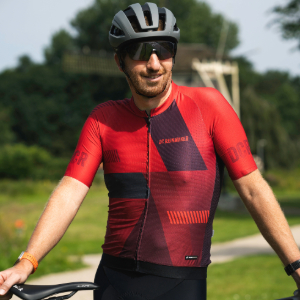
I swim, bike and run. Then, I come here and write about my adventures. It’s as simple as that. Most of the time. If you’re new around these parts, here’s the long version of my story.

You'll support the site, and get ad-free DCR! Plus, you'll be more awesome. Click above for all the details. Oh, and you can sign-up for the newsletter here!
Here’s how to save!
Wanna save some cash and support the site? These companies help support the site! With Backcountry.com or Competitive Cyclist with either the coupon code DCRAINMAKER for first time users saving 15% on applicable products.
You can also pick-up tons of gear at REI via these links, which is a long-time supporter as well:Alternatively, for everything else on the planet, simply buy your goods from Amazon via the link below and I get a tiny bit back as an Amazon Associate. No cost to you, easy as pie!
You can use the above link for any Amazon country and it (should) automatically redirect to your local Amazon site.
Want to compare the features of each product, down to the nitty-gritty? No problem, the product comparison data is constantly updated with new products and new features added to old products!

Wanna create comparison chart graphs just like I do for GPS, heart rate, power meters and more? No problem, here's the platform I use - you can too!

Think my written reviews are deep? You should check out my videos. I take things to a whole new level of interactive depth!

Smart Trainers Buyers Guide: Looking at a smart trainer this winter? I cover all the units to buy (and avoid) for indoor training. The good, the bad, and the ugly.
-
Check out my weekly podcast - with DesFit, which is packed with both gadget and non-gadget goodness!

Get all your awesome DC Rainmaker gear here!
FAQ’s
I have built an extensive list of my most frequently asked questions. Below are the most popular.
- Do you have a privacy policy posted?
- Why haven’t you yet released a review for XYZ product you mentioned months ago?
- Will you test our product before release?
- Are you willing to review or test beta products?
- Which trainer should I buy?
- Which GPS watch should I buy?
- I’m headed to Paris – what do you recommend for training or sightseeing?
- I’m headed to Washington DC – what do you recommend for training?
- I’m from out of the country and will be visiting the US, what’s the best triathlon shop in city XYZ?
- What kind of camera do you use?
-
5 Easy Steps To The Site
In Depth Product Reviews
You probably stumbled upon here looking for a review of a sports gadget. If you’re trying to decide which unit to buy – check out my in-depth reviews section. Some reviews are over 60 pages long when printed out, with hundreds of photos! I aim to leave no stone unturned.
Read My Sports Gadget Recommendations.
Here’s my most recent GPS watch guide here, and cycling GPS computers here. Plus there are smart trainers here, all in these guides cover almost every category of sports gadgets out there. Looking for the equipment I use day-to-day? I also just put together my complete ‘Gear I Use’ equipment list, from swim to bike to run and everything in between (plus a few extra things). And to compliment that, here’s The Girl’s (my wife’s) list. Enjoy, and thanks for stopping by!
Have some fun in the travel section.
I travel a fair bit, both for work and for fun. Here’s a bunch of random trip reports and daily trip-logs that I’ve put together and posted. I’ve sorted it all by world geography, in an attempt to make it easy to figure out where I’ve been.
My Photography Gear: The Cameras/Drones/Action Cams I Use Daily
The most common question I receive outside of the “what’s the best GPS watch for me” variant, are photography-esq based. So in efforts to combat the amount of emails I need to sort through on a daily basis, I’ve complied this “My Photography Gear” post for your curious minds (including drones & action cams!)! It’s a nice break from the day-to-day sports-tech talk, and I hope you get something out of it!
The Swim/Bike/Run Gear I Use List
Many readers stumble into my website in search of information on the latest and greatest sports tech products. But at the end of the day, you might just be wondering “What does Ray use when not testing new products?”. So here is the most up to date list of products I like and fit the bill for me and my training needs best! DC Rainmaker 2024 swim, bike, run, and general gear list. But wait, are you a female and feel like these things might not apply to you? If that’s the case (but certainly not saying my choices aren’t good for women), and you just want to see a different gear junkies “picks”, check out The Girl’s Gear Guide too.









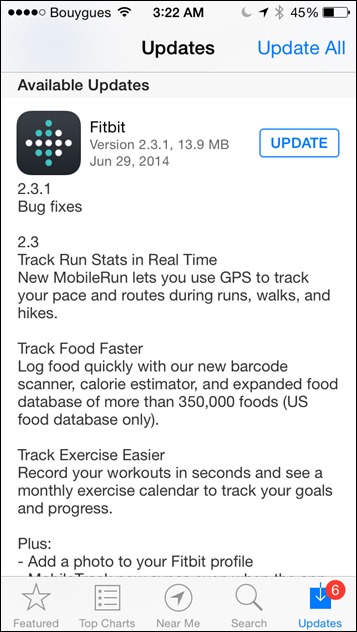
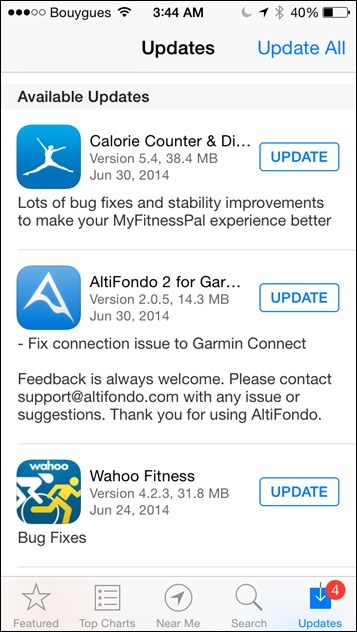
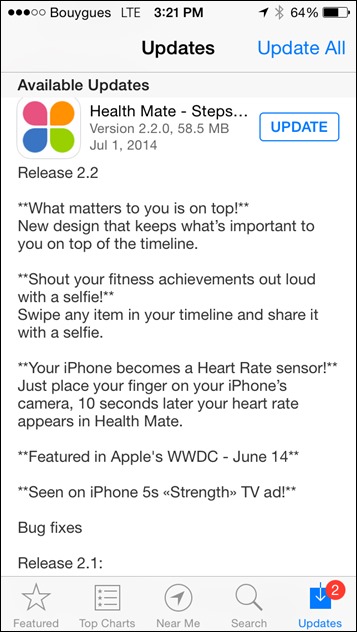
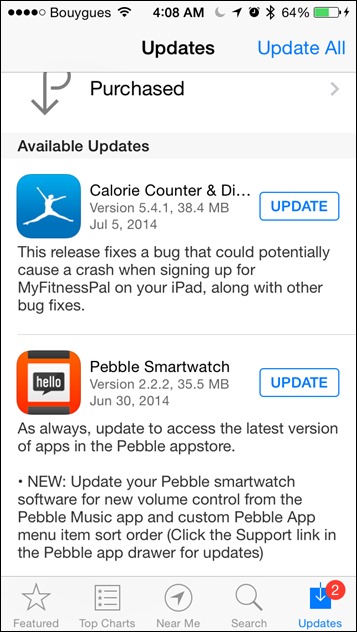
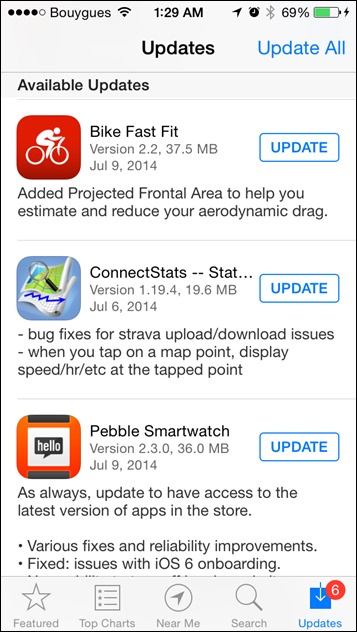

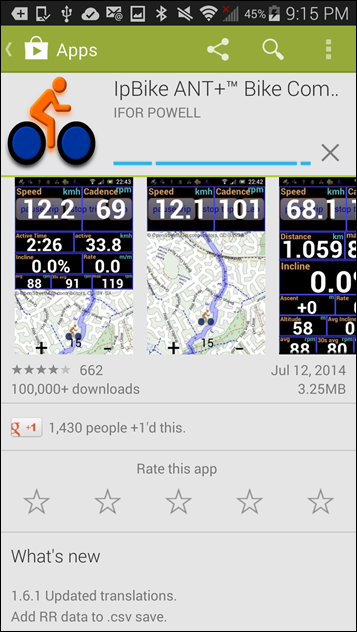
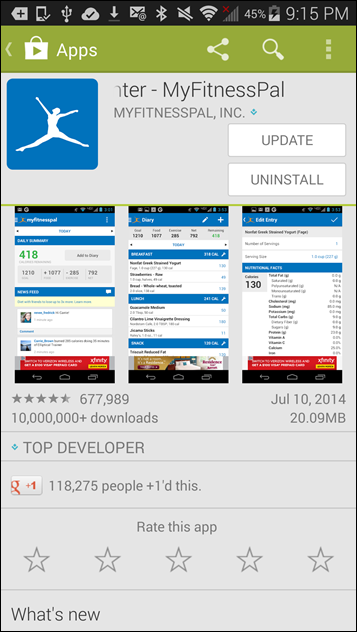
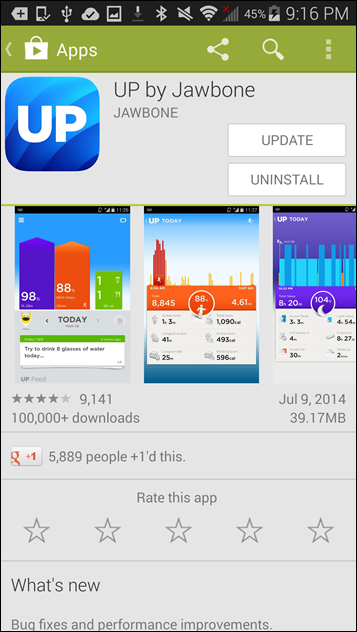
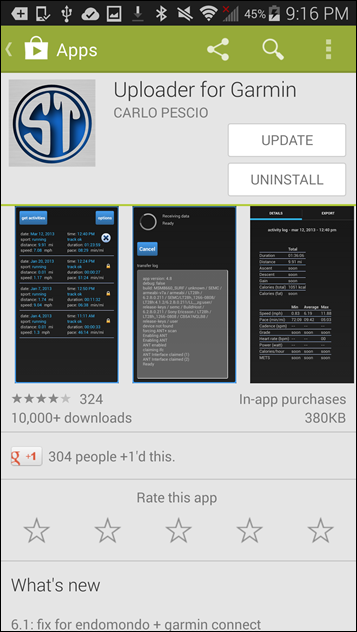

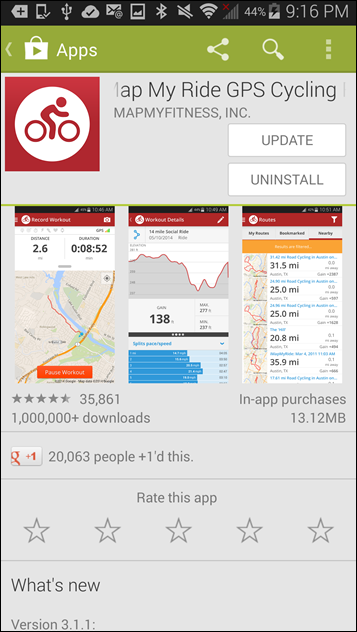


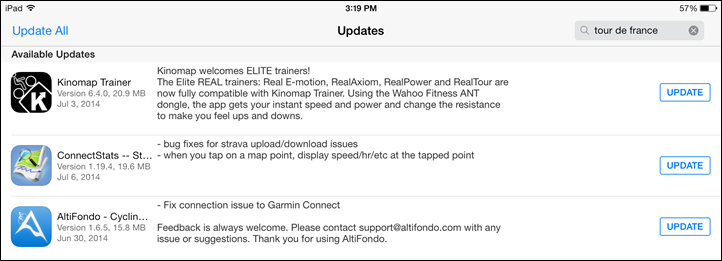








The LEO looks like they are taking a HR monitor with a built in motion sensor and strapping it to your thigh.If they can get 4-6 conduction points and some decent signal processing, they can measure and/or infer quite a few interesting things. Not sure why it would take so long to develop – the HRM modules with motion sensing are fairly common and the strap is easy enough to have manufactured.
The HR stuff I think is secondary to what their real tech interests are. See link to researchworks.carleton.ca
The original team behind LEO worked on a device that measures muscle recruitment as a way to control a video game. That is the primary technology this device is based on.
They are also planning to use neural networks to analyze the data:
link to angel.co
link to mitacs.ca
link to csc.cdf.toronto.edu
This is way more then just a HRM and motion sensor
Good links – thanks.. Sorry I wasn’t clear. I meant the chip inside a common heart rate monitor can be used as the basis for electromyography. They operate on the same principle, and though most are single lead, I could see where you could gang them together and get a mult-lead. Or take some off the shelf signal amplifiers and run them through the onboard processor of a HRM chip to get the extra leads.
Or you could take the unit used in several low end EEG’s More leads and again, same principles.
You could get basic muscle info on thigh muscles with 1 lead, but 4-6 would be better.
Either way, I think there are a number of off the shelf chip solutions that would seem to point to a faster build time. But I don’t know what their end game is.
I don’t know if neural networks are needed to do plain, old fashioned, linear algebra and signal processing, but hey, it sounds cool.
I think they are trying to look for patterns in the data and how the data changes over time (user is worn out, etc) I don’t think the hardware is their main focus, its what to do with the data it gathers that will take time
Seems like all the low hanging fruit for how to monitor the body are all done so the rest that remains aren’t so simple. So at least for me, while I want a useful functioning device from a kickstart project some of the reason I go for something is to show interest in technology that goes in a new direction (or at least new outside of medical and research use) Think about it, not that much has changed from the Forrunner 305 in 2006 to the 620 today in terms of what they monitor
I agree in part – the key is understanding the data. But unlike 10 or even 5 years ago, now we have inexpensive sensor packages in a wearable form that can measure temperature, motion, GPS, skin conductivity and EMG/EKG in single unit. With signal processing on board to do much of the heavy lifting.
I think the there is more low hanging fruit than ever before. :-)
You can also add updated TomTom MySports Connect Windows app in “SPORTS TECHNOLOGY SOFTWARE/FIRMWARE UPDATES THIS WEEK”. They have finally added automatic update to Endomondo website. And very interesting – after uploading running activity to Endomondo, information about steps and steps/min will be shown for general run activity (not for a treadmill). That information is not shown neither in Strava, nor in Runkeeper.
TACX app for android is working really well with my Bushido
About that high speed power data. I’ve had this data like for ages using my Lynx trainer. Not sure if it is of any use. I did find it amusing though to look at left/right leg recovery after I had little trauma:
link to veloreality.com
How could you possibly omit Specialized’s Win Tunnel video on shaven legs? Unquestionably the best bang for the buck for anyone who rides a bike in competition. Would be great to see someone replicate it though (call me a skeptic…)
link to youtube.com
PS I seem to recall you have a Mio Cyclo 505 in depth review in the works. Any idea on timescale?
Yeah, I had that one saved but forgot to add it in.
On the Cyclo 505, I’ve been waiting for them to return the unit to me after getting the firmware updated to 4.1 (coming out shortly). I wasn’t able to get to the final 4.0 on the beta device I had. The device shipped out yesterday and should either arrive to me this afternoon or the morning.
Will be interested to see what you make of the 505. My non-racing, less-nerdy-than-me wife wants one primarily for navigation and basic stats, and it seems to be well liked elsewhere for that purpose. Not sure I can get over the lack of proper Mac support though.
Are you planning to head for Mobile World Congress again in the spring?
This is an especially good one. Not surprised about the result of the crank length experiment but interesting nonetheless, and the Stages stuff was amazing (especially the ever amazing RChung). The football video was also very nice.
However, I wish somebody would explain me what sticking a radar on a cyclist’s ass is hoping to achieve: either you can avoid the crash or you can’t.
And how are you going to do that? time perfecty a 6 meter high bunny hop?
Well, in this case you know a car is coming. Otherwise in some situations you might not know it. Just increases awareness. Some cyclists also zone-out a bit and eventually block a lane (unnecessarily, sometimes it’s necessary). This might be good for them.
Come to think of it, it might be useful for hearing impaired cyclists, I’m not persuaded it’s better than a mirror for anyone else though – surely seeing what’s behind is better than a blimp on a LED array?
And I hate that they start their pitch with some bogus-sounding number about accidents, it makes it sound like cycling is something for daredevils, it’s the opposite.
People and firms trying to sell cycling stuff should realize that the key is getting more people onto bikes, not scaring them away.
Instead they create this aura of imminent doom so you need a helmet, hi-viz clothing, a million lights and now a radar on at all times. This is a false image being projected and it hurts cycling instead of helping it